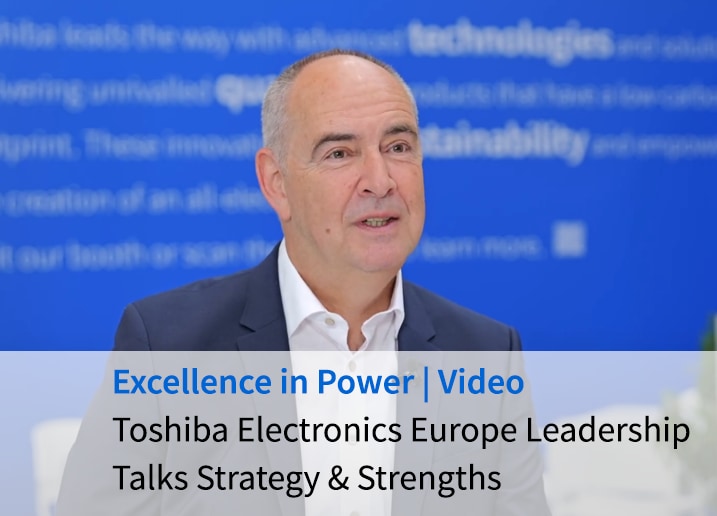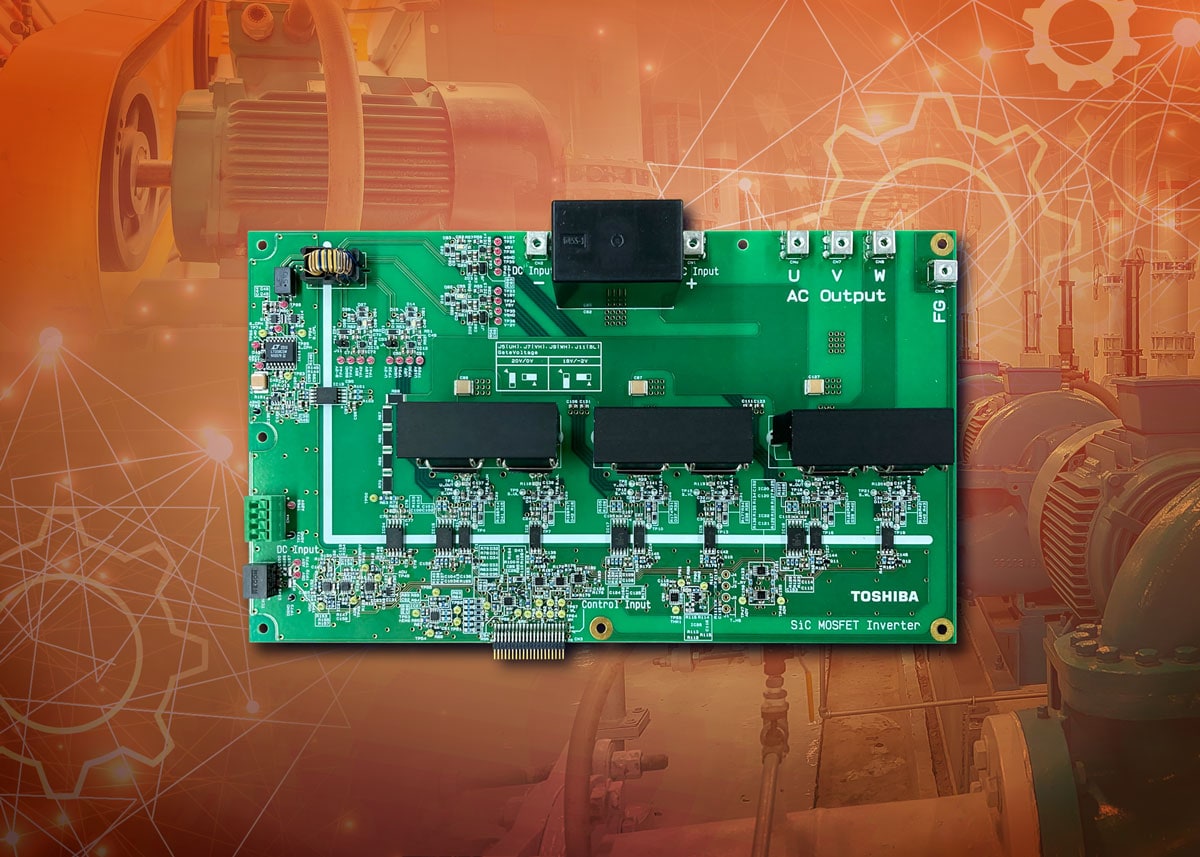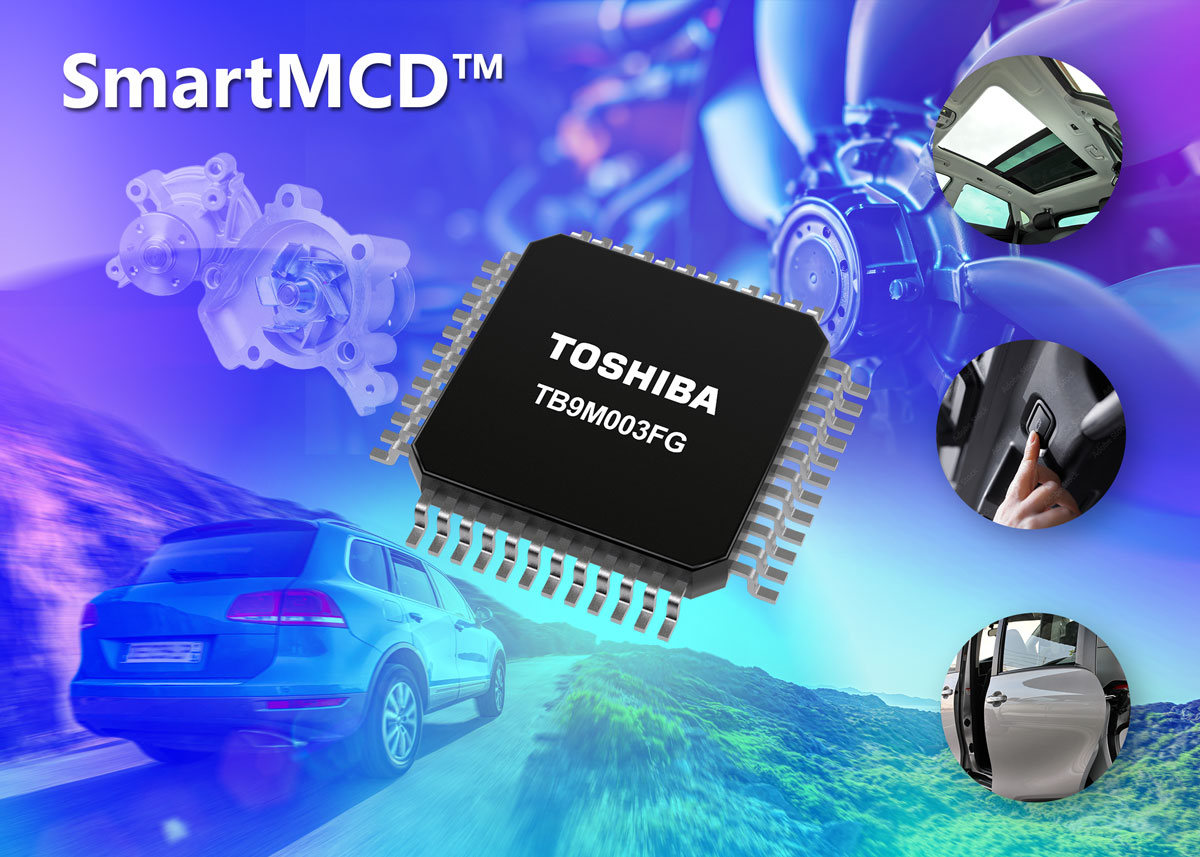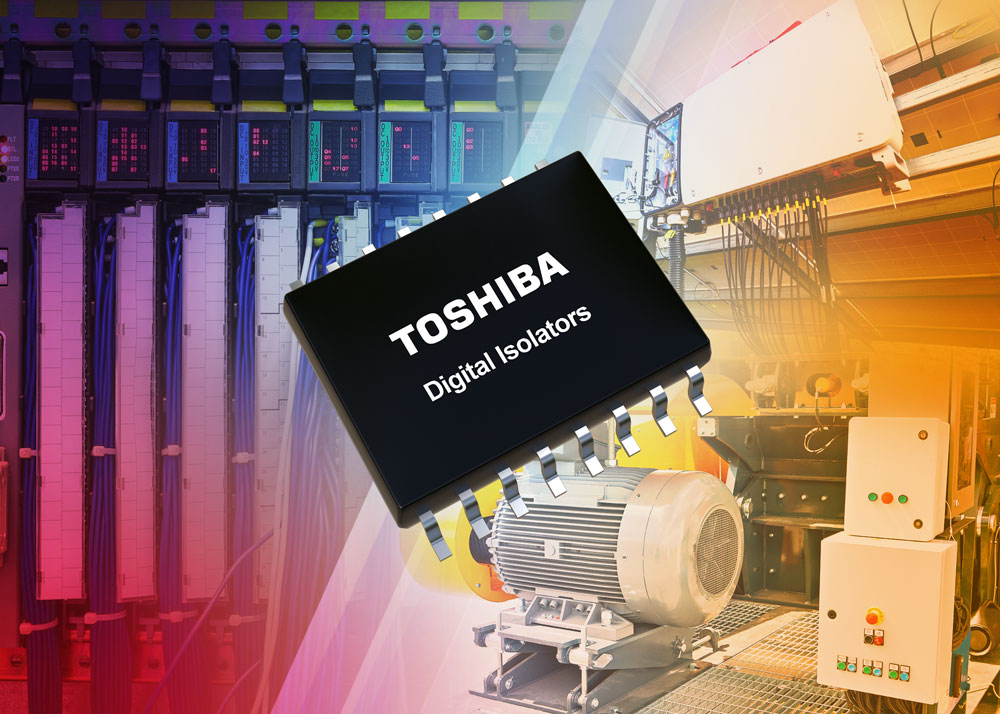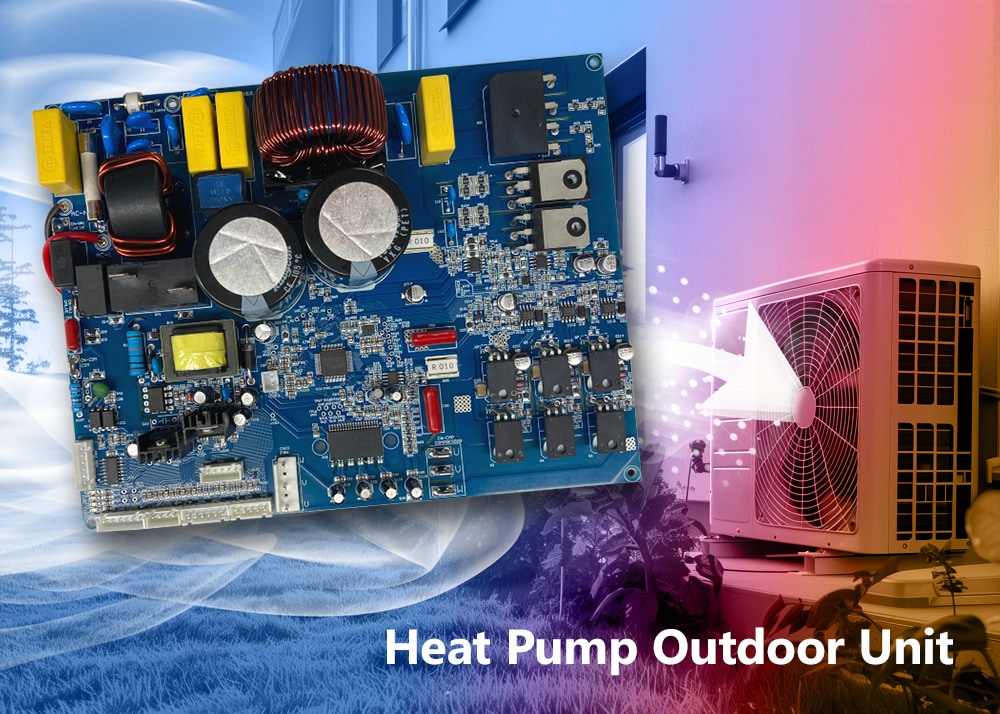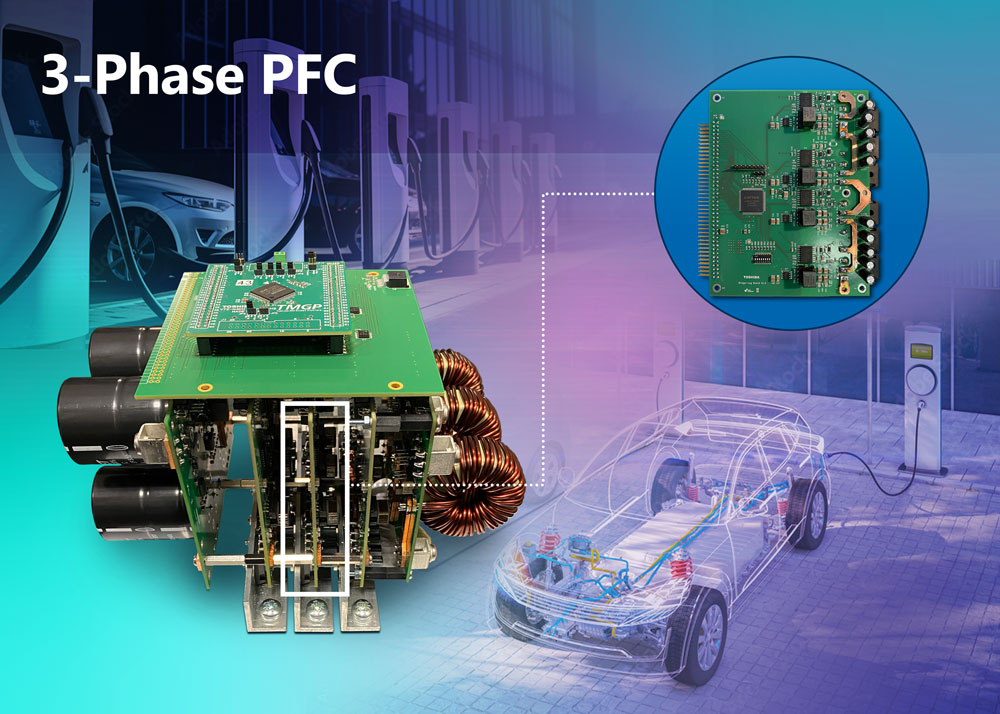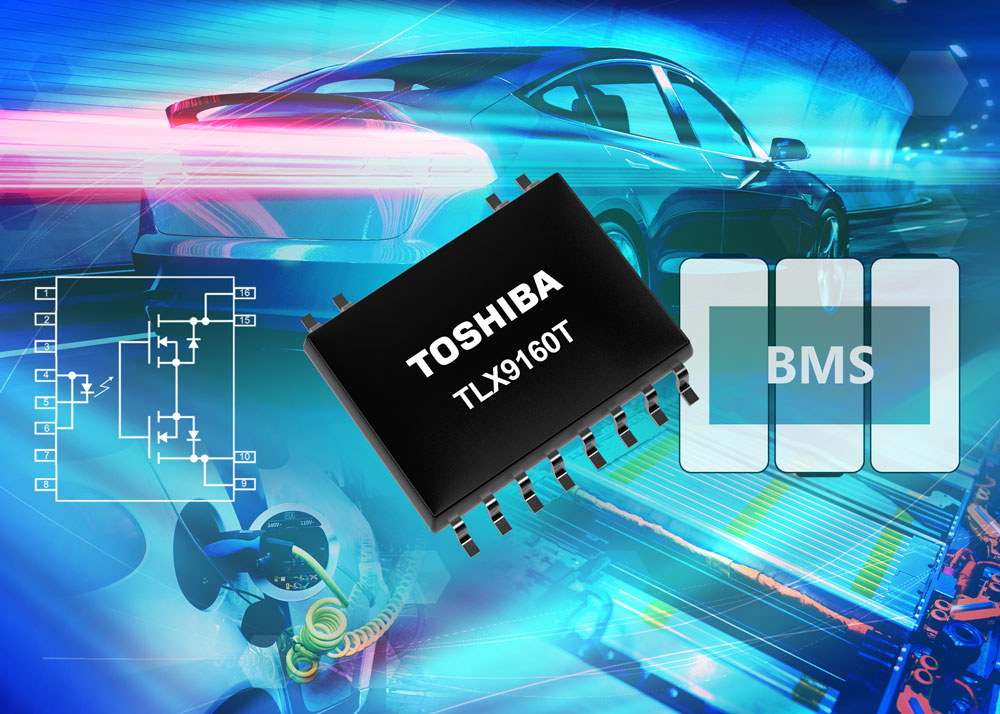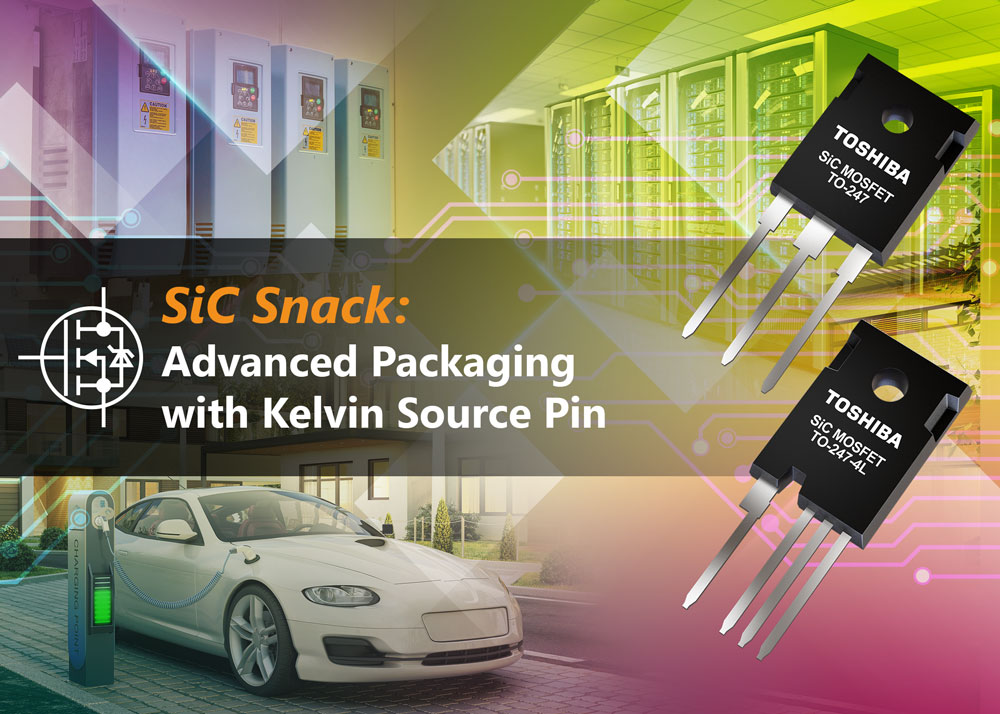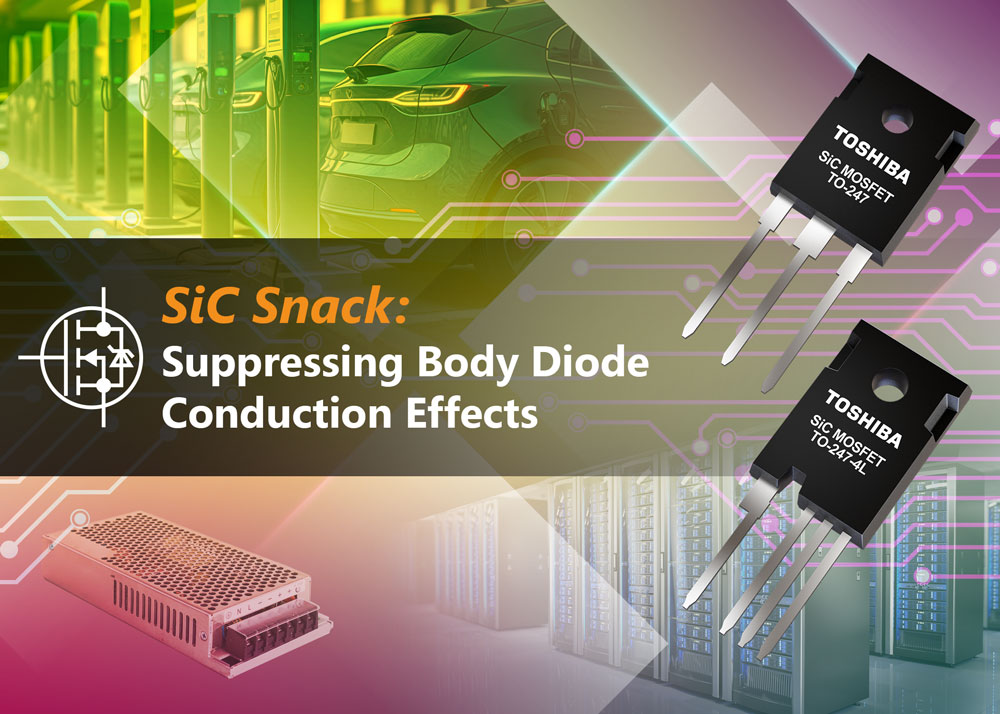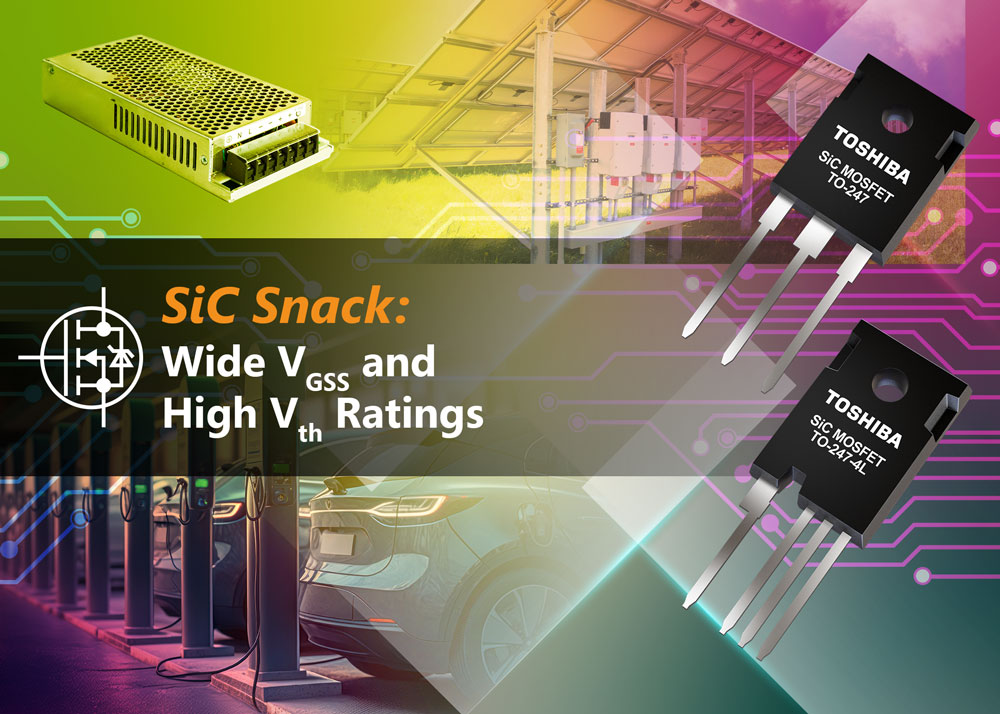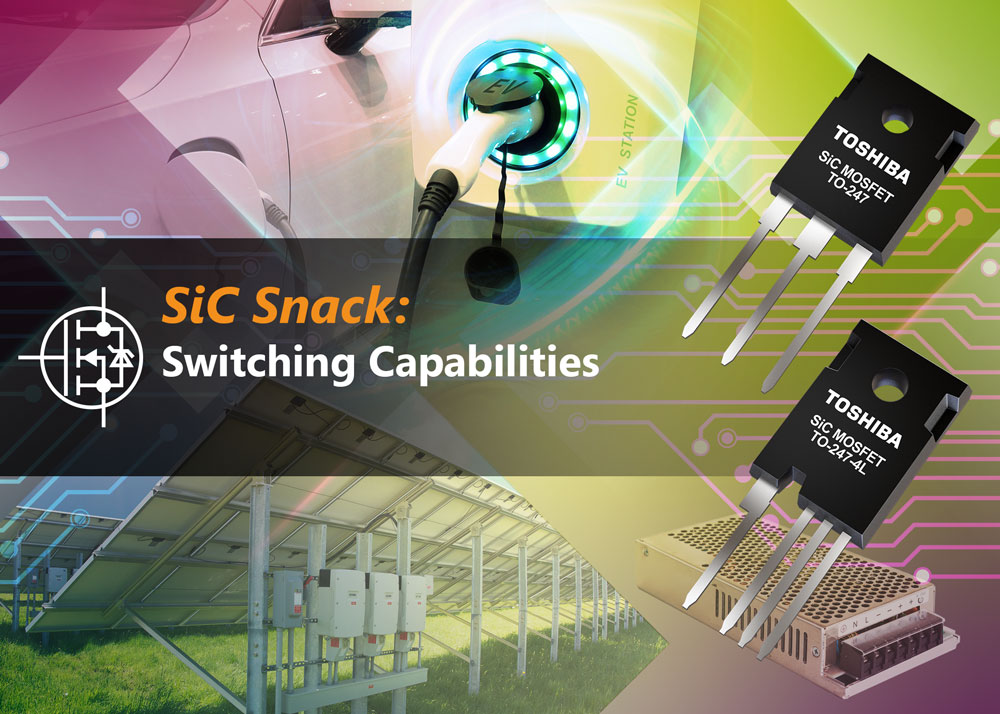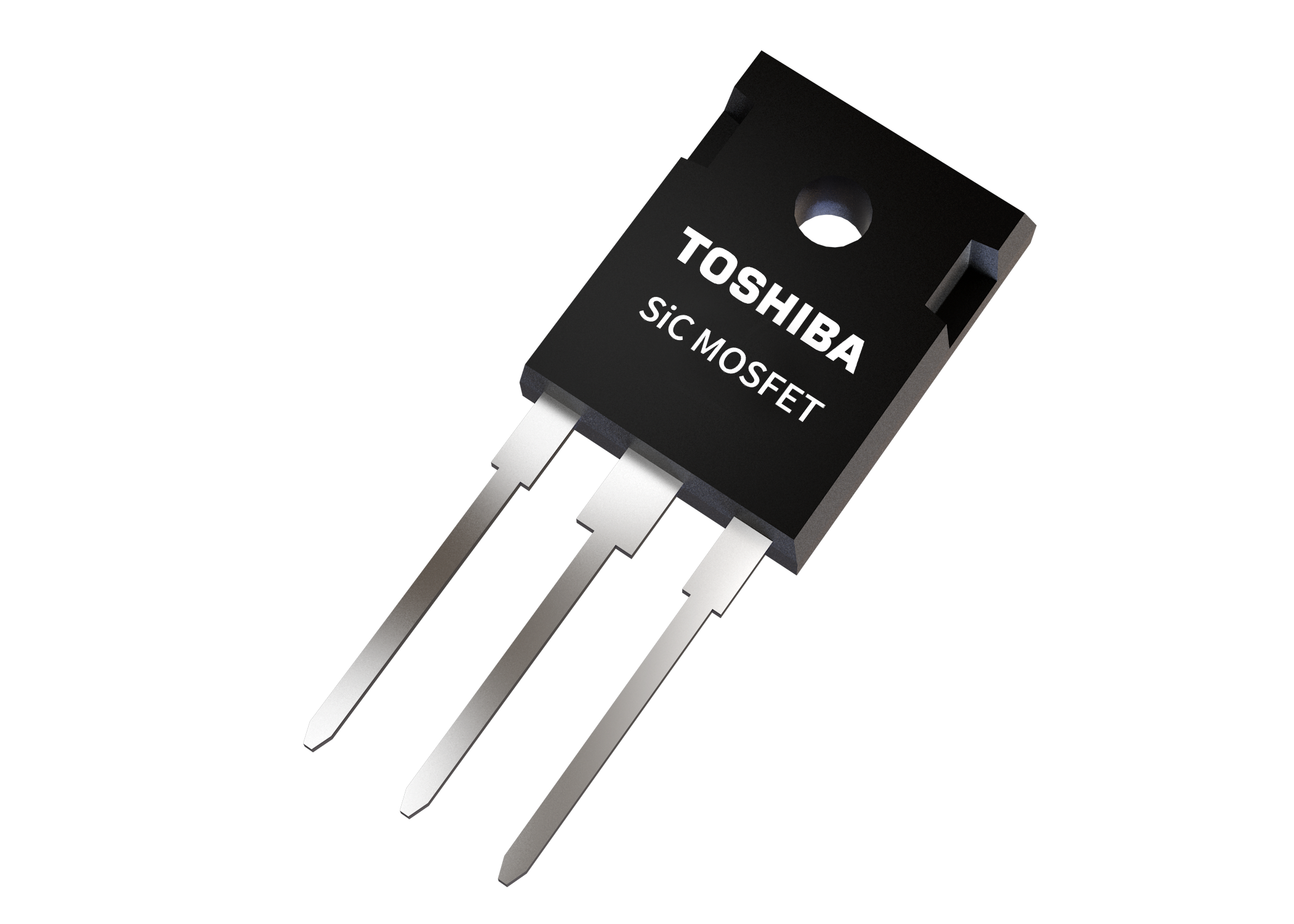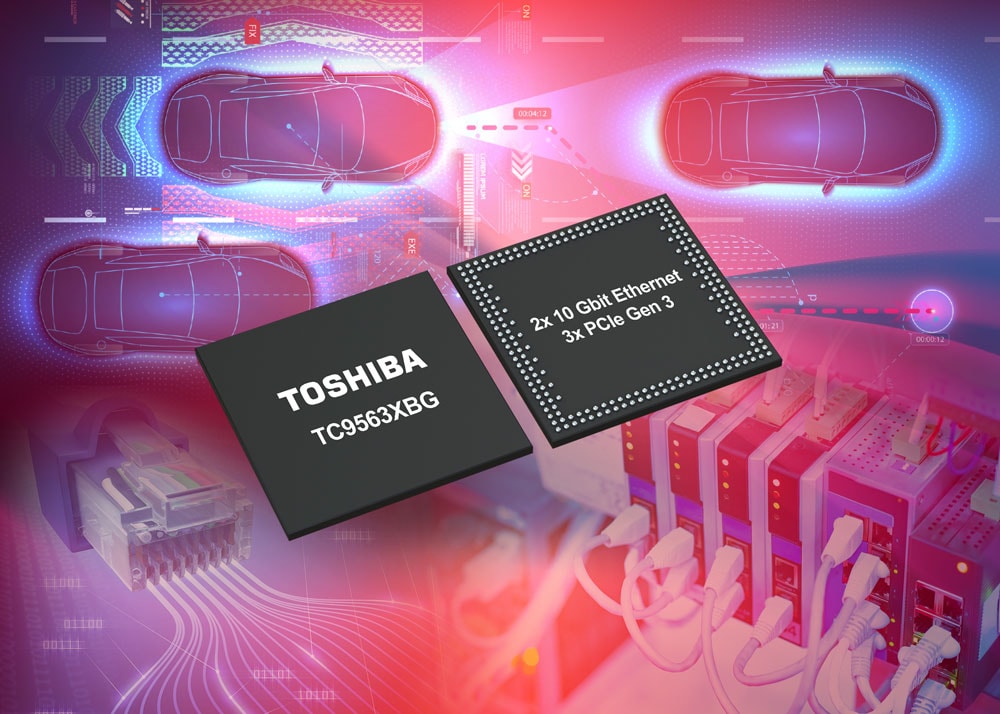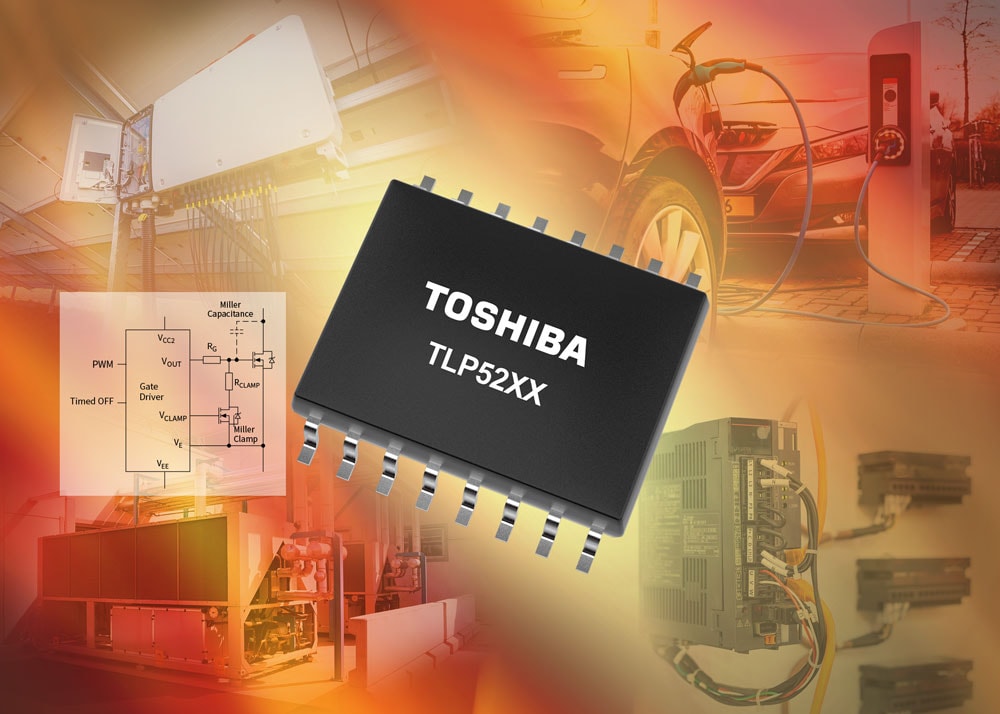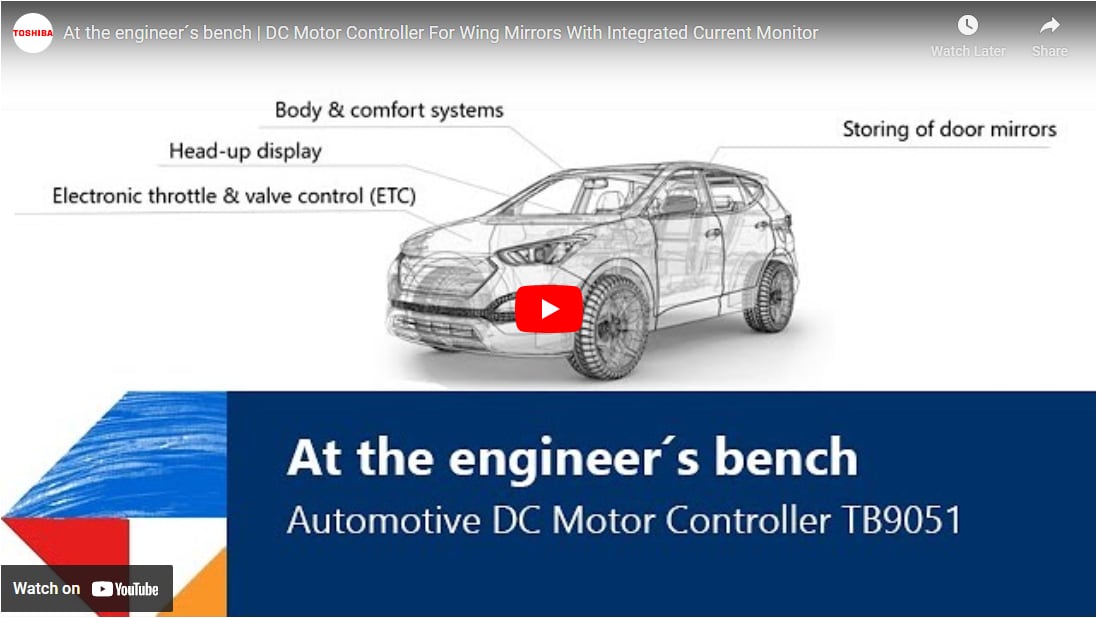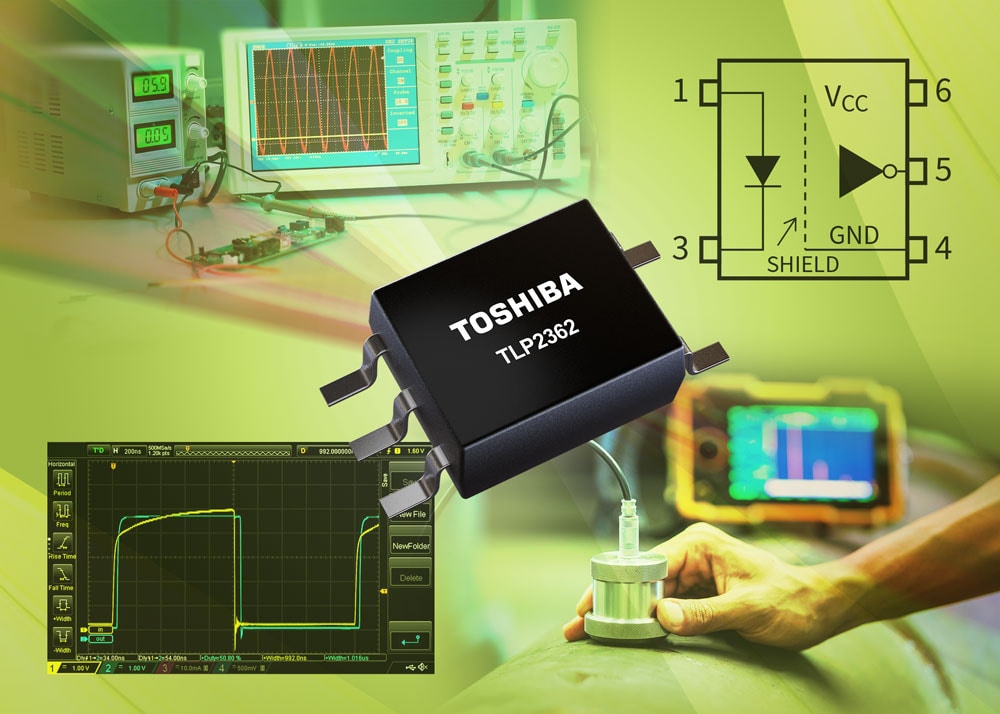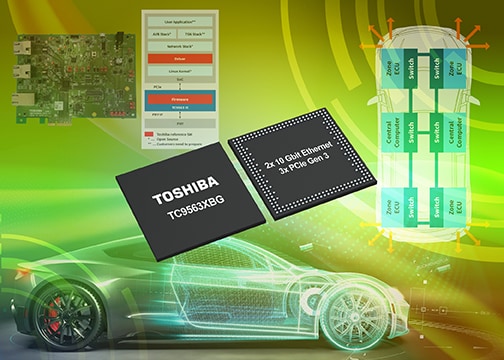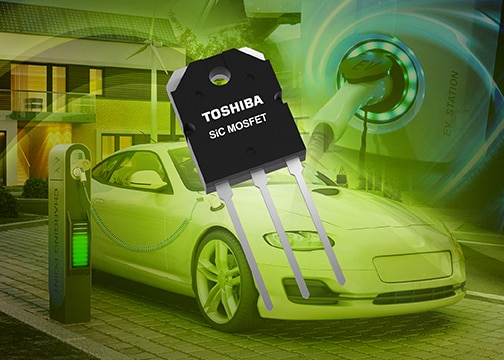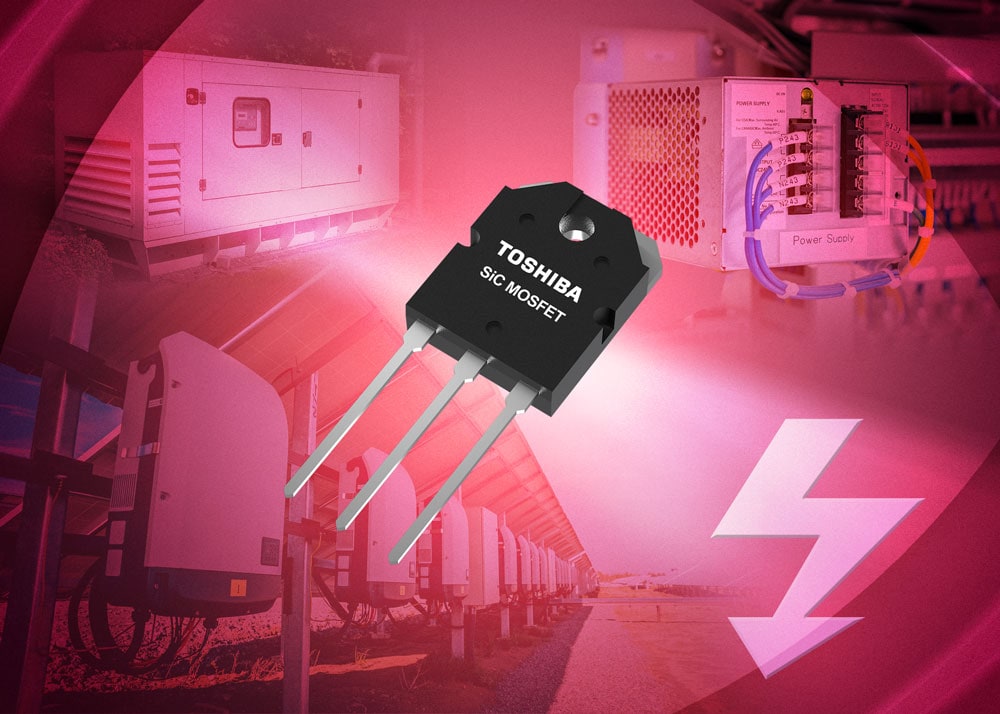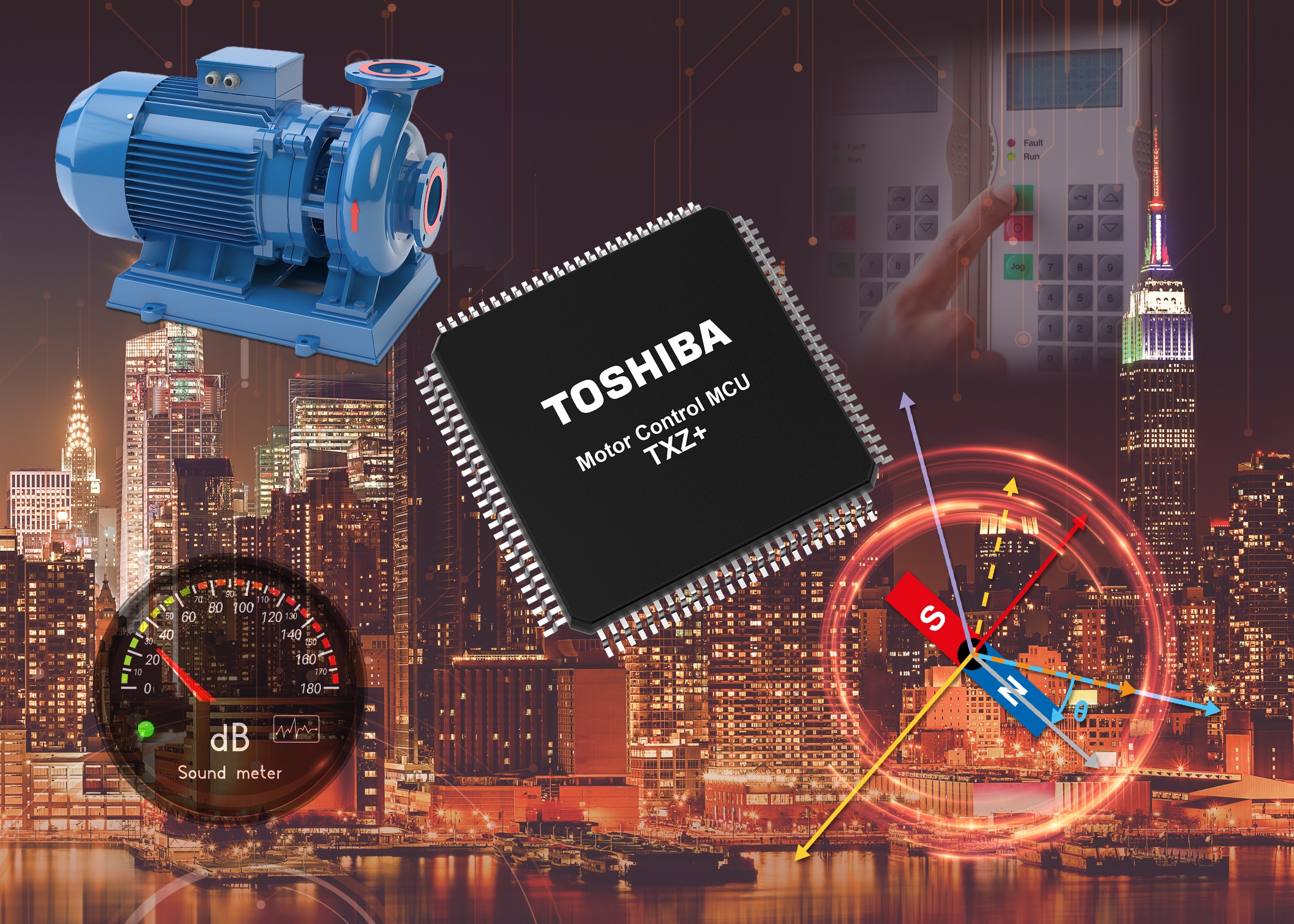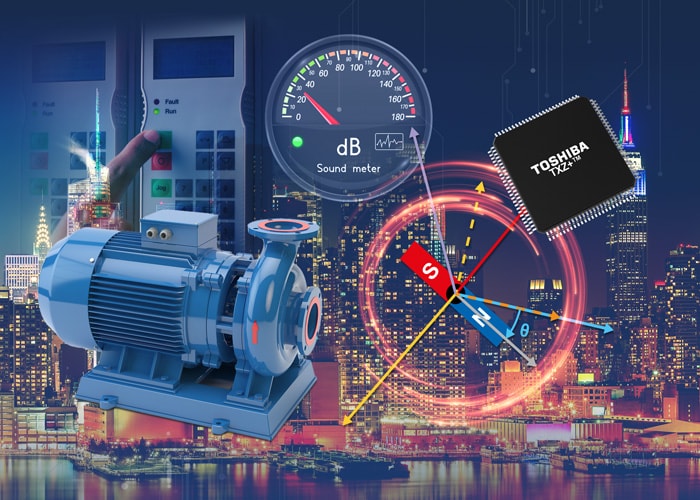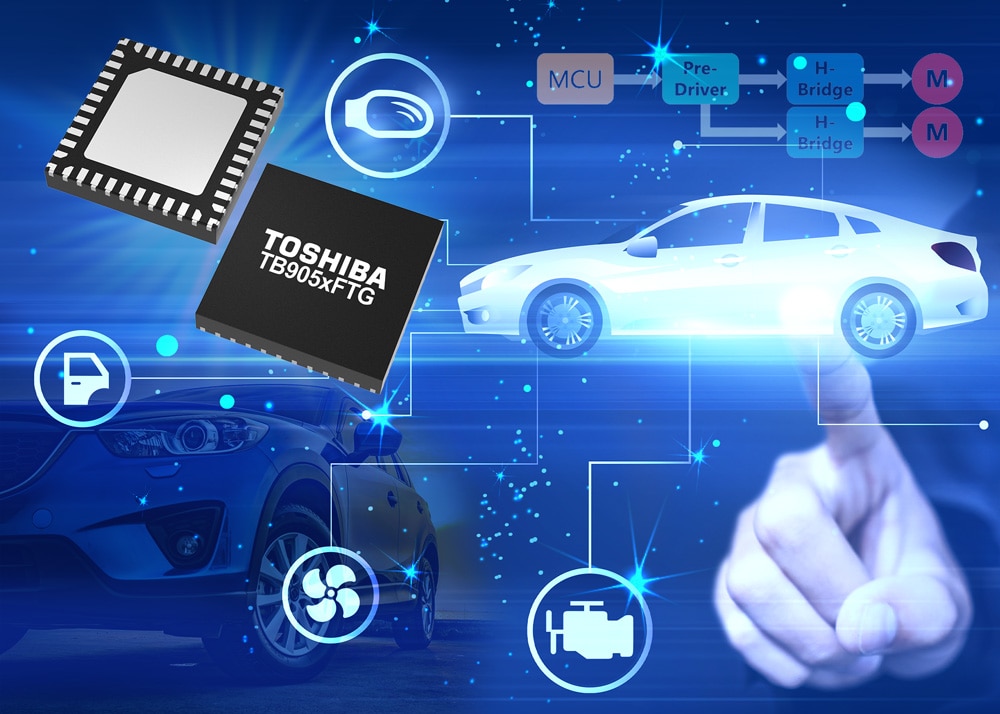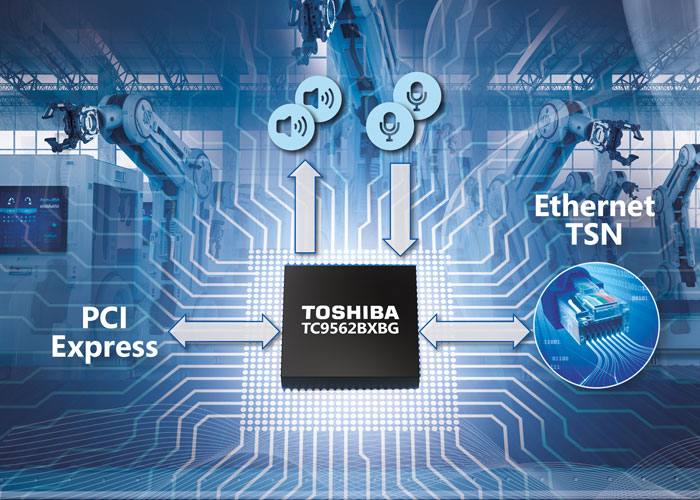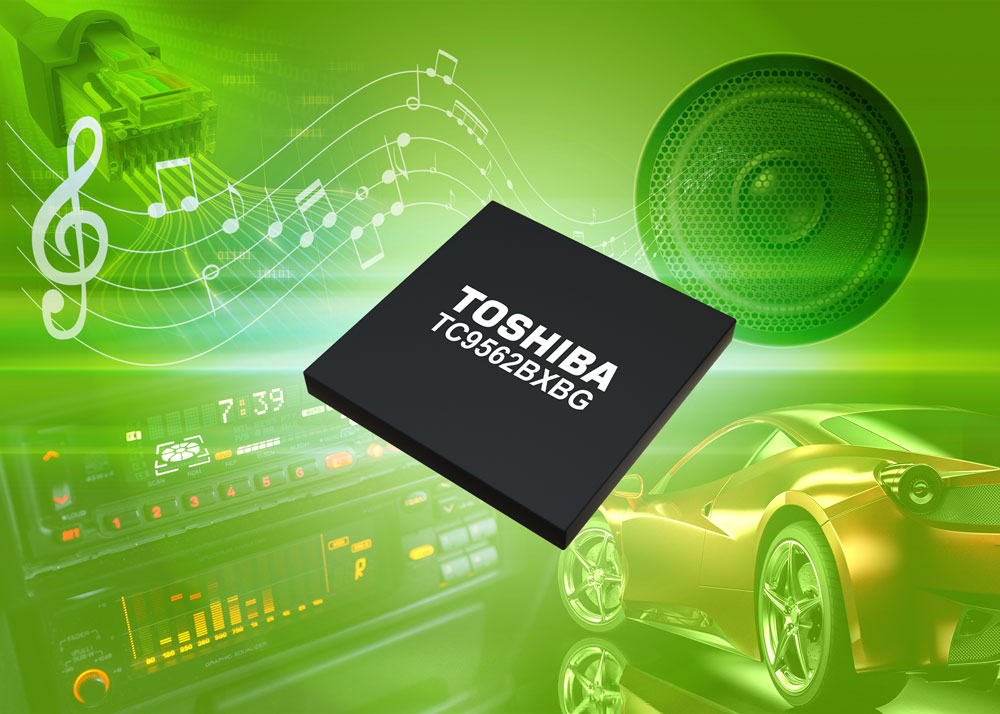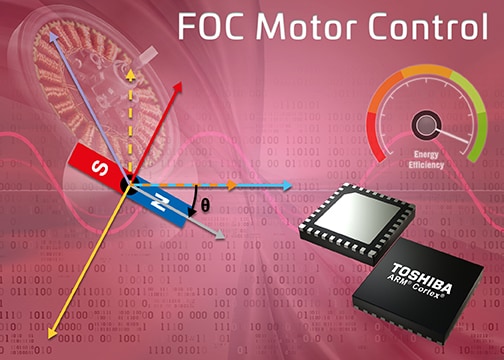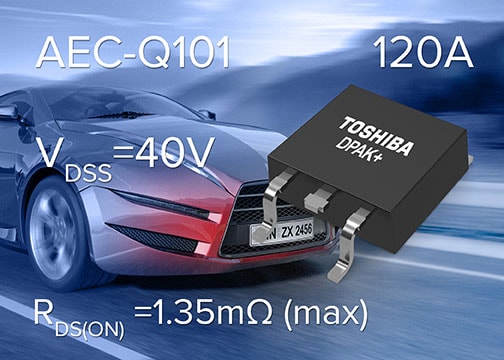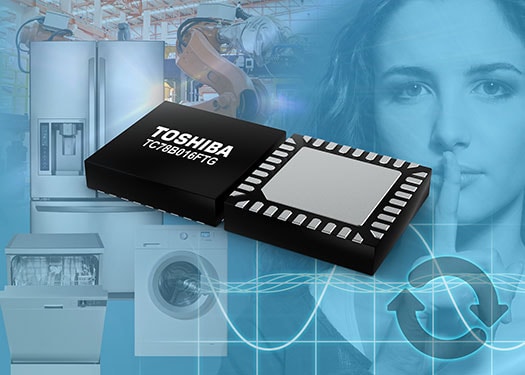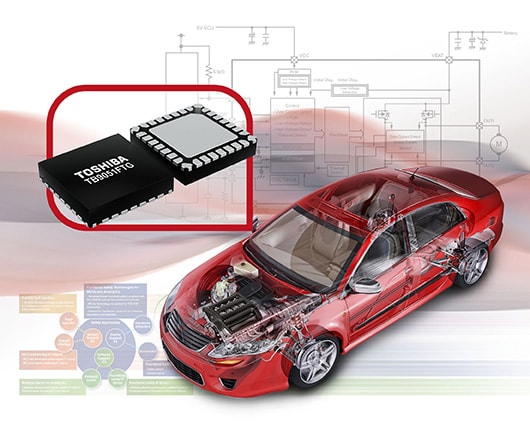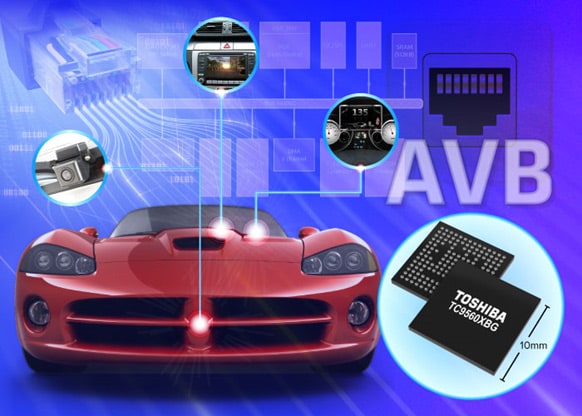- General Top
- SEMICONDUCTOR
- STORAGE
- COMPANY
-
My ToshibaSemicon
- Semiconductor Top
-
ApplicationsAutomotive
Body Electronics
xEV
In-Vehicle Infotainment
Advanced Driver-Assistance Systems (ADAS)
Chassis
IndustrialInfrastructure
BEMS/HEMS
Factory Automation
Commercial Equipment
Consumer/PersonalIoT Equipment
Healthcare
Wearable Device
Mobile
Computer Peripherals
-
ProductsAutomotive Devices
Discrete Semiconductor
Diodes
Transistors
Logic ICs
Analog Devices
Digital Devices
Wireless Devices
※
: Products list (parametric search)
Power SemiconductorsSiC Power Devices
※
: Products list (parametric search)
Isolators/Solid State RelaysPhotocouplers
Digital Isolators
Solid State Relays
Fiber Optic Transmitting Modules
※
: Products list (parametric search)
MOSFETsIGBTs/IEGTsBipolar Transistors※
: Products list (parametric search)
Diodes※
: Products list (parametric search)
MicrocontrollersMotor Driver ICsIntelligent Power ICs※
: Products list (parametric search)
Power Management ICsLinear ICs※
: Products list (parametric search)
General Purpose Logic ICsLinear Image SensorsOther Product ICsOther Product ICs
※
: Products list (parametric search)
-
Design & Development
Design & Development
Innovation Centre
At the Toshiba Innovation Centre we constantly strive to inspire you with our technologies and solutions. Discover how to place us at the heart of your innovations.
-
Knowledge
Knowledge
Highlighted Topics
Further Materials
Other
- Where To Buy
- Part Number & Keyword Search
- Cross Reference Search
- Parametric Search
- Stock Check & Purchase
This webpage doesn't work with Internet Explorer. Please use the latest version of Google Chrome, Microsoft Edge, Mozilla Firefox or Safari.
require 3 characters or more. Search for multiple part numbers fromhere.
The information presented in this cross reference is based on TOSHIBA's selection criteria and should be treated as a suggestion only. Please carefully review the latest versions of all relevant information on the TOSHIBA products, including without limitation data sheets and validate all operating parameters of the TOSHIBA products to ensure that the suggested TOSHIBA products are truly compatible with your design and application.Please note that this cross reference is based on TOSHIBA's estimate of compatibility with other manufacturers' products, based on other manufacturers' published data, at the time the data was collected.TOSHIBA is not responsible for any incorrect or incomplete information. Information is subject to change at any time without notice.
require 3 characters or more.
Displaying automotive’s best side in the vehicle
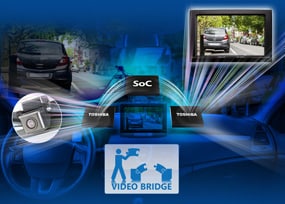
Climbing into the most recent models of vehicle, the internal surfaces seem to spring to life with color and light. It becomes immediately clear that video cameras and displays are an essential part of the new in-vehicle experience. And we’re not just talking about multimedia here. Navigation systems and deep integration with smartphones is a starting point, but it extends to side mirrors implemented with cameras, or a full 360° view around the vehicle, that go beyond the traditional reverse-parking camera.
By the time a vehicle has come to market, much of the technology, especially electronic components and display modules, are several years old. As the time arises for model refresh, ideally you would want to make small cosmetic changes without replacing the core electronic controllers and systems. Displays and cameras are components that often go end-of-life during the lifetime of a vehicle model, driven as they are by the whims and fancies of the consumer electronics industry. Here it would help if new devices could be easily integrated into existing systems with minimal effort.
The powerful application processors that run these systems also have limited numbers and combinations of suitable video interfaces. Cameras may feature a parallel output, but the application processor may only have a CSI-2 interface available. When also considering the cable run between the video source at the rear of the vehicle to a centrally located control unit, this requires a conversion solution to link the two together. One possible approach uses a serializer/deserializer for the video output from the camera, and then a bridging solution, such as Toshiba’s TC9591XBG, to convert it to CSI-2 for the application processor. Such bridging devices can also be reconfigured in software to accommodate replacement camera solutions with little effort.
Increasingly we want to enjoy our own entertainment on our journey, turning to our smartphone screens to do so. However, in-vehicle entertainment has the ability to offer a significantly better video quality with low glare on larger screens using the smartphone as a video source. Since the introduction of USB Type-C and the HMDI Alt Mode, smartphones are capable of providing a video feed that can be fed into the vehicles Infotainment system. Here again a Toshiba video bridge, such as the TC9590XBG, provides the necessary link between HDMI and CSI-2.
The final stage in the chain is the output to a display. Again, application processors are limited in the range and quantity of video outputs. Toshiba’s TC9592XBG and TC9593XBG simplify the connectivity between application processor and display doing a DSI to LVDS conversion, while also providing simple control of I2C devices integrated into the display panel.
All of these products are also supported with a range of development boards that support automotive engineers in the evaluation of these hardware solutions, along with development software.
Should you be searching for video-bridging solutions for an automotive application, you can review our white paper on the topic available here


